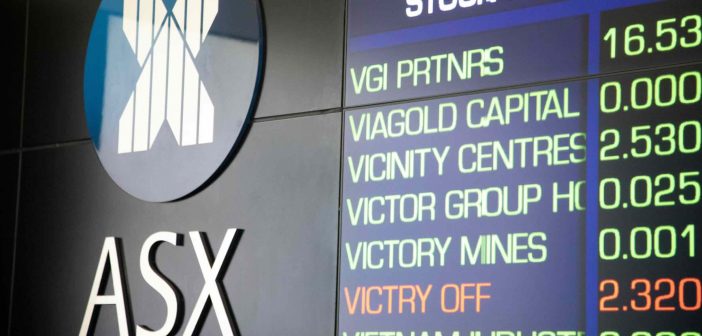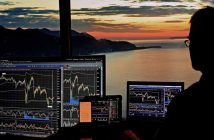The Philippine Stock Exchange (PSE) and the Australian Securities Exchange (ASX) are two prominent global exchanges that stand out among the others. For investors looking to get exposure to a variety of industries and economies, each of these markets has unique opportunities and is of great significance within its own region.
Philippine Stock Exchange (PSE)
The national stock exchange of the Philippines is the Philippine Stock Exchange or PSE. The PSE, regarded as one of the oldest exchanges in Asia, originates in the two previous exchanges in the nation, the Makati Stock Exchange (founded in 1963) and the Manila Stock Exchange (founded in 1927). On December 23, 1992, the Manila and Makati stock exchanges merged to establish the PSE.
The PSE relocated its main office to Taguig’s Bonifacio Global City (BGC) in 2018. The Taguig business district’s fast-paced ambiance is ideal for the Exchange, which wants to expedite the launch of new goods and services to increase investor involvement and liquidity in the Philippine stock market.
The PSE accepts both primary and secondary listings.
Initial public offerings, either primary, secondary, or listing by introduction, are referred to as the primary listing. The applicant company’s initial sale of its own securities (primary shares) to the investing public is known as a primary offering. The secondary offering refers to an offer for purchase made to the investing public by existing shareholders of previously issued securities.
As of January 2024, the PSE’s listed securities have an aggregate market cap of US$ 299.48 billion. There are presently 283 registered companies and about 124 active traders on it.
Australian Securities Exchange (ASX)
Australia’s economy is now the 12th biggest in the world (measured by GDP) and the third largest in Asia Pacific.
The Australian Securities Exchange (ASX) was formed following the merger of the Sydney Futures Exchange and the Australian Stock Exchange in July 2006. Based on its market capitalisation, the ASX consistently ranks as one of the world’s leading exchanges and is among the top-20 listed exchange groups.
The Australian Securities Exchange has two trading platforms: ASX Trade and ASX Trade24.
S&P/ASX 200 is the main index of the Australian Cash Market, and ASX is the market leader with over 80% of the market share. It provides trading in major equities, ETFs, derivatives, fixed income, commodities, and energy. Listing criteria vary per exchange and may include minimum capital requirements and the need for regular financial reporting.
Like most global exchanges, ASX depends on a huge data centre to enable electronic trading and link it to key financial hubs. Following the NYSE’s 2005 acquisition of the Archipelago Exchange, a competitor market that listed newly established rapidly expanding companies, electronic trading saw significant growth. After the takeover, the company was renamed NYSE Arca.
The ASX has approximately 2,200 listed companies, and while mining companies are prominently featured, the ASX also includes companies from financial services, manufacturing, retail, media, transportation, biotechnology, property, tourism, construction, telecommunications, healthcare, infrastructure, e-commerce services, and primary production.
Conclusion
The Philippine Stock Exchange (PSE) and the Australian Securities Exchange (ASX), along with other notable exchanges such as the New York Stock Exchange (NYSE), Tokyo Stock Exchange (TSE); the London Stock Exchange (LSE); and the Nasdaq, serve as key foundations of their respective regional economies and provide investors with a wide range of growth and diversification opportunities.
The Philippine Stock Exchange and the Australian Securities Exchange provide appealing investing prospects for novice and experienced investors. Investors may take advantage of these markets’ ability to meet their financial objectives and generate wealth over time by being proactive and educated.




